· The odds ratio is reported as 1 with a confidence interval of (144, 234) Like we did with relative risk, we could look at the lower boundary and make a statement such as "the odds of MI are at least 44% higher for subjects taking placebo than for subjects taking aspirin" Or we might say "the estimated odds of MI were % higher for the placebo group"The absolute risk is the probability of an event in a sample or population of interest The relative risk (RR) is the risk of the event in an experimental group relative to that in a control group The odds ratio (OR) is the odds of an event in an experimental group relative to that in a control groupRelative Risk and Odds Ratio for the obese 3) Overall, you can see that decreasing the baseline incidence will decrease the odds ratio (300 in those who are nonobese versus 129 in those who are obese) Obviously, these results run counter to expected results, putting the onus on the researcher to justify them Similarly, you should find that increasing the incidence will increase the odds ratio
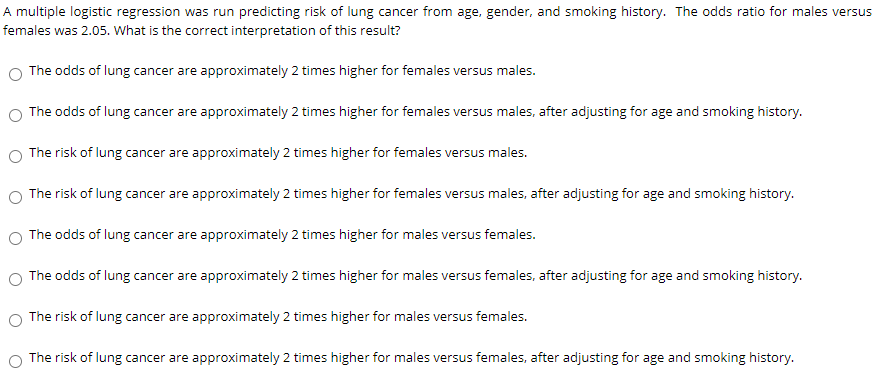
Solved A Multiple Logistic Regression Was Run Predicting Chegg Com
Odds versus risk ratio
Odds versus risk ratio- · It should be noted that ORs are hard to comprehend 13 and are frequently interpreted as a relative risk Although the odds ratio is close to the relative risk when the outcome is relatively uncommon 12, there is a recognized problem that odds ratios do not give a good approximation of the relative risk when the initial risk is high 13, 14A terminology problem odds ratio versus odds Author William Gould, StataCorp James Hardin, StataCorp Unfortunately, the language used to describe statistical terms is not used uniformly across fields One example of this is odds and odds ratio Economists especially refer to what others call the odds as the odds ratio Below, we will be careful to define our terms Proof that



Believability Of Relative Risks And Odds Ratios In Abstracts Cross Sectional Study The Bmj
The odds ratio and the relative risk will not always disagree by this much Large effects on groups with high initial risk seem to cause the most problems See Davies et al (1998) for some useful guidelines for when the odds ratio and relative risk are likely to differ When they do differ, the relative risk represents the typical interpretation that most people make There are someNeither the risk ratio nor the odds ratio can be calculated for a study if there are no events in the control group This is because, as can be seen from the formulae in Box 92a, we would be trying to divide by zero The odds ratio also cannot be calculated if everybody in the intervention group experiences an event In these situations, and others where standard errors cannot be computed · Odds ratios While risk reports the number of events of interest in relation to the total number of trials, odds report the number of events of interest in relation to the number of events not of interest Stated differently, it reports the number of events to nonevents
· Relationship of the odds ratio to the risk ratio according to 4 levels of outcome risk (cumulative incidence) for an average exposed and unexposed subject01,10,25, and50 Estimates assume the number of exposed subjects is equal to the number unexposed Figure 4With an odds ratio, the outcome can be the starting point with which we can determine the relative odds of someone having been exposed to a risk factor Alternatively, we can also use it to describe the ratio of disease odds given the exposure status Once we know the exposure and disease status of a research population, we can fill in their corresponding numbers in the following table · Risk ratio = ratio of 2 cumulative incidence estimates = relative risk Since all of the measures are ratios, either of probabilities or of odds, it is clearer and simpler to use the word ratio in describing each type
Odds ratio versus relative risk Since it is a ratio of ratios, the odds ratio is very difficult to interpret The relative risk is easier to interpret, so the odds ratio alone is not very helpful However, there are certain commonly occurring situations in which the estimate of the relative risk is not very good and the odds ratio can be used to approximate the relative risk of the event of · Odds are the ratio of favourable events to the unfavourable event In contrast, the probability can be calculated by dividing the favourable event by the total number of events Conclusion Probability is a branch of mathematics, which includes odds One can measure chance, with the help of odds or probability While odds are a ratio of occurrence to nonoccurrence,Week 6 Proportions, risk ratios and odds ratios Risk ratio or relative risk Chisquared tests are tests of significance, they do not provide estimates of the strength of relationships There are different ways of doing this for different kinds of data and sizes of table, but two are particularly important in health research the risk ratio or relative risk and the odds ratio Both apply to



Solved Select All Of The True Statements Regarding The Od Chegg Com



Measures Of Effect Relative Risks Odds Ratios Risk Difference And Number Needed To Treat Sciencedirect
The relative risk is different from the odds ratio, although the odds ratio asymptotically approaches the relative risk for small probabilities of outcomesIf IE is substantially smaller than IN, then IE/(IE IN) IE/IN Similarly, if CE is much smaller than CN, then CE/(CN CE) CE/CN Thus, under the rare disease assumption = () () = In practice the odds ratio is commonly used forWhen the disease is rare, the odds ratio will be a very good approximation of the relative risk The more common the disease, the larger is the gap between odds ratio and relative risk In our example above, p wine and p no_wine were 0009 and 0012 respectively, so the odds ratio was a good approximation of the relative risk · Odds is the number having the outcome divided by the number not having the outcome The risk or odds ratio is the risk or odds in the exposed group divided by the risk or odds in the control group A risk or odds ratio = 1 indicates no difference between the groups A risk or odds ratio > 1 indicates a heightened probability of the outcome in the treatment group



Relative Risk Or Odds Ratio And 95 Confidence Intervals For Download Scientific Diagram



Pdf Fallacy Of Using Odds Ratio As A Measure Of Association In Prospective Studies
It can calculate the odds of a health outcome given exposure versus nonexposure to a substance or event (2) The clinical literature exhibits many instances of the odds ratio being used in research to estimate reduction in disease or disease complications if patients receive a particular drug or vaccine (3,4,5) The odds ratio is a measure of effect size (as is the Pearson Correlation · While hazard ratios, relative risks, and odds ratios all show relative risk, there's plenty to distinguish them from one another, particularly around how they're calculated and interpreted That's why it's important to know which one · It is a ratio of probability that a particular event will occur and can be any number between zero and infinity It is usually expressed as a ratio of two integers For example an odds of 01 is written as 110 and an odds of 5 is written as 51 Risk and risk ratios are more commonly used than odds and odds ratios in medicine as these are much more intuitive Risk describes the



Retrospective Cohort Study Wikipedia



Solved A Multiple Logistic Regression Was Run Predicting Chegg Com
Odds Ratio vs Relatives Risiko Das relative Risiko (RR) ist einfach die Wahrscheinlichkeit oder Beziehung zweier Ereignisse Nehmen wir an, A ist Ereignis 1 und B ist Ereignis 2 Man kann das RR erhalten, indem man B von A oder A / B dividiert Genau so kommen Experten auf populäre Zeilen wie "Gewöhnliche alkoholische Getränketrinker sind 24 mal mehr gefährdet, an LeberproblemenOdds Ratio Vs Relative Risk Lorsque deux groupes sont en cours d'étude ou d'observation, vous pouvez utiliser deux mesures pour décrire la probabilité comparative d'un événement Ces deux mesures sont l'odds ratio et le risque relatif Les deux sont deux concepts statistiques différents, bien que tellement liés les uns aux autresBoth the odds ratio and the relative risk compare the likelihood of an event between two groups Consider the following data on survival of passengers
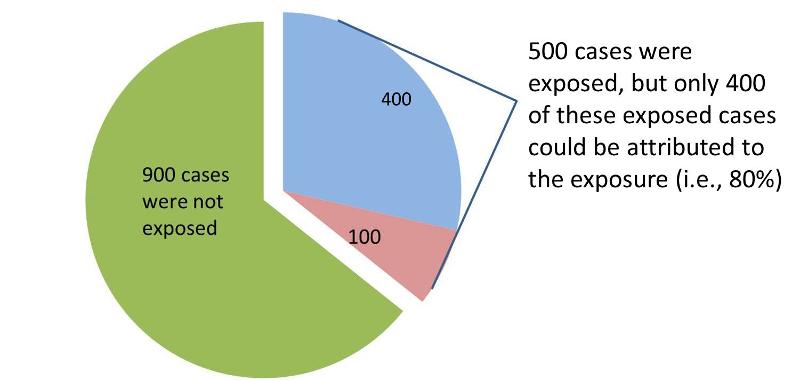


Measures Of Association



A Beginner S Guide To Interpreting Odds Ratios Confidence Intervals And P Values Students 4 Best Evidence
OR = odds ratio;StATS Odds ratio versus relative risk (created by ) Dear Professor Mean There is some confusion about the use of the odds ratio versus the relative risk Can you explain the difference between these two numbers? · After converting the odds ratio to a risk ratio, the actual risk is 14 (mortality is 14 times more likely in patients with ICU delirium compared to those without ICU delirium) Because the incidence rate in the nondelirium group is high, the odds ratio exaggerates the true risk demonstrated in the study
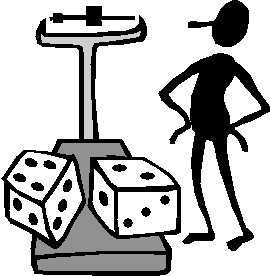


The Difference Between Probability And Odds
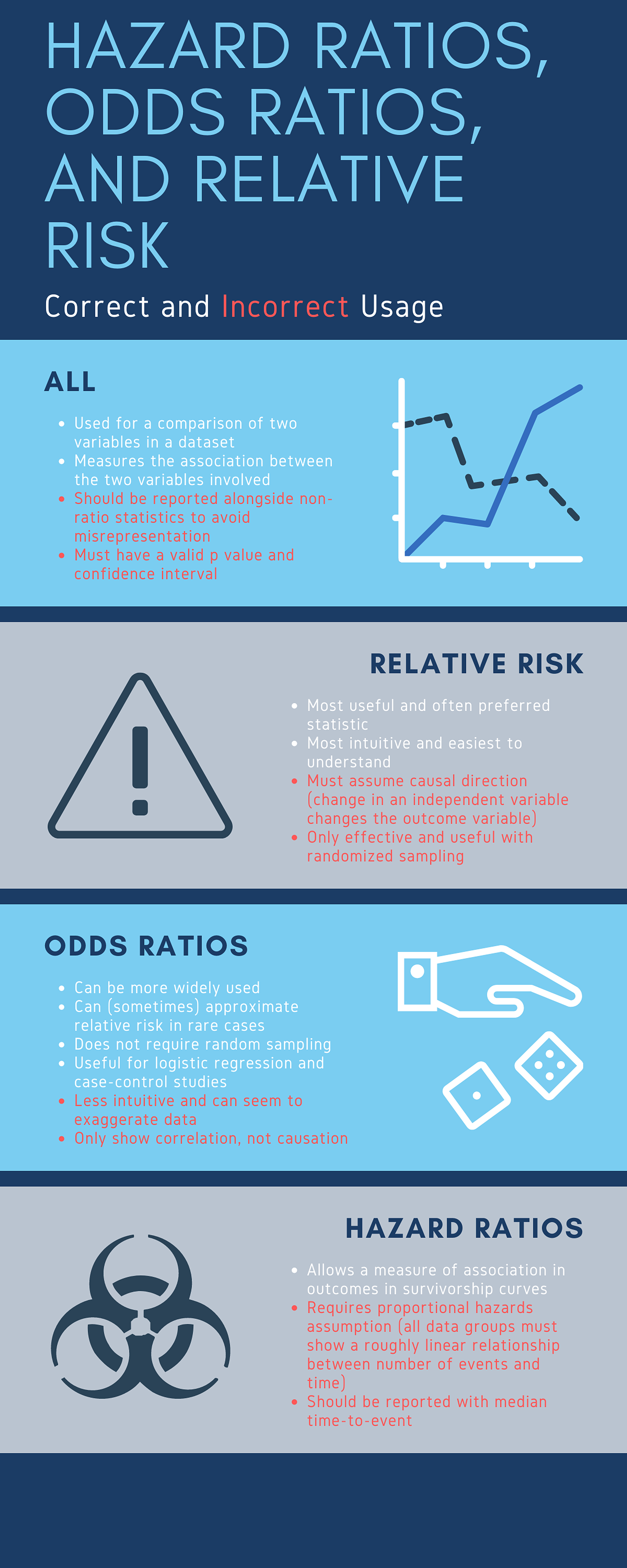


Cureus What S The Risk Differentiating Risk Ratios Odds Ratios And Hazard Ratios
It is commonly expressed as a ratio of two integers For example, an odds of 001 is often written as 1100, odds of 033 as 13, and odds of 3 as 31 Odds can be converted to risks, and risks to odds, using the formulae;Odds ratios (OR) are commonly reported in the medical literature as the measure of association between exposure and outcome However, it is relative risk that people more intuitively understand as a measure of association Relative risk can be directly determined in a cohort study by calculating a risk ratio (RR) In casecontrol studies, and in cohort studies in which theThis video demonstrates how to calculate odds ratio and relative risk values using the statistical software program SPSSSPSS can be used to determine odds r


Relative Risk Ratios And Odds Ratios



A Beginner S Guide To Interpreting Odds Ratios Confidence Intervals And P Values Students 4 Best Evidence
The interpretation of an odds is more complicated than for a risk The simplest way to ensure that the interpretation is correct is to first convert the odds into a risk ForOdds Ratio versus Relative Risk Since it is a ratio of ratios, the odds ratio is very difficult to interpret The relative risk is easier to interpret, so the odds ratio alone is not very helpful However, there are certain commonly occurring situations in which the estimate of the relative risk is not very good, and the odds ratio can be used to approximate the relative risk of the event of · It has been proposed that the sample odds ratio is a good estimate of the population relative risk and can be interpreted as a relative risk when the disease or outcome is rare in the population, typically when the prevalence is less than 10% In the example above, the odds ratio is probably not a good estimate of the population relative risk because the risk for the placebo


What Is The Difference Between The Risk Ratio Rr And The Odds Ratio Or Quora



Relative Risk And Odds Ratio Usmle The Journey
· The basic difference is that the odds ratio is a ratio of two odds (yep, it's that obvious) whereas the relative risk is a ratio of two probabilities (The relative risk is also called the risk ratio) Let's look at an example Relative Risk/Risk Ratio Suppose you have a school that wants to test out a new tutoring program At the start of the school year they impose the new · That is one of the attractive features of the odds ratio — when the health outcome is uncommon, the odds ratio provides a reasonable approximation of the risk ratio Another attractive feature is that the odds ratio can be calculated with data from a casecontrol study, whereas neither a risk ratio nor a rate ratio can be calculated · However, one can calculate a risk difference (RD), a risk ratio (RR), or an odds ratio (OR) in cohort studies and randomized clinical trials Consider again the data in the table below from the randomized trial assessing the effectiveness of a newly developed pain reliever as compared to the standard of care Remember that a previous quiz question in this module asked you to



Odds Ratio Wikipedia



Odds Ratio Relative Risk
· If we go a step further, we can calculate the ratio between the two risks, called relative risk or risk ratio (RR), which indicates how much more likely is the occurrence of the event in one group compared with the other group Meanwhile, the odds represents a quite different concept The odds indicates how much more likely is an event to occur than not to · Not being rare, the risk is 033, while the odds are 05 Whenever you mix up terms in the absence of the rare disease assumption, odds and OR will overestimate risk In theory, within the same paper, you could see OR and RR being compared for one disease but not for anotherA nonmemorization method of dealing with RR and OR*USMLE is a registered trademark of its respective holder I am in no way affiliated with itDisclaimer



Tutorial About Hazard Ratios Students 4 Best Evidence



Frontiers Odds Ratio Or Prevalence Ratio An Overview Of Reported Statistical Methods And Appropriateness Of Interpretations In Cross Sectional Studies With Dichotomous Outcomes In Veterinary Medicine Veterinary Science
Sometimes, we see the log odds ratio instead of the odds ratio The log OR comparing women to men is log(144) = 036 The log OR comparing men to women is log(069) = 036 log OR > 0 increased risk log OR = 0 no difference in risk log OR < 0 decreased risk Odds Ratio 0 5 10 15 More on the Odds Ratio Log Odds Ratio4 2 0 2 4Common pitfalls in statistical analysis Odds versus risk In biomedical research, we are often interested in quantifying the relationship between an exposure and an outcome "Odds" and "Risk" are the most common terms which are used as measures of association between variables · Odds ratio (OR) and risk ratio (RR) are two commonly used measures of association reported in research studies In crosssectional studies, the odds ratio is also referred to as the prevalence odds ratio (POR) when prevalent cases are included, and, instead of the RR, the prevalence ratio (PR) is calculated However, it should be noted that, although, mathematical


Ctspedia Ctspedia Oddsrisk



Moving Beyond Odds Ratios Estimating And Presenting Absolute
· A risk ratio < 1 suggests a reduced risk in the exposed group Percent Relative Effect An alternative way to look at and interpret these comparisons would be to compute the percent relative effect (the percent change in the exposed group) In essence, we regard the unexposed group as having 100% of the risk and express the exposed group relative to that For example,For instance, a relative risk of 70% corresponds to an odds ratio of 07/(107)=233 however, it is clearer to say to the layman that a certain risk factor "increases the probability of a disease by 70%" (relative risk) rather than that it "increases the probability of the disease by an odds ratio · Odds Ratios Versus Relative Risk Published on December 14, 15 by Howard Herrell, MD Many great things have been written about the difference between Odds Ratios (OR) and Relative Risks (RR) Every medical student at some point has been taught the difference Yet these statistical terms are confused and misused every day in both the writing of and the



Measures Of Disease Association Measuring Occurrence Of New Outcome Events Can Be An Aim By Itself But Usually We Want To Look At The Relationship Between Ppt Download



Odds Ratios And Risk Ratios Youtube
If risk was the same in both groups, the odds would be equal A comparison of odds, the odds ratio, might then make sense OR= ˇ 1 1 ˇ 1 ˇ 2 1 ˇ 2 Odds ratio for the Titanic example is OR= 376 037 = 1016 This is very different from the relative risk · The difference between odds ratio and risk ratio While Risk Ratio is the probability of one thing divided by the probability of another (usually in a separated group), Odds Ratio is the odds of one event happening divided by the odds of another EssoeOdds1 Back to the Superbowl example, the relative odds of being hungover today, associated with being a Seahawks fanR C = absolute risk in the unexposed group, given as a fraction (for example fill in 10% risk as 01) Confusion and exaggeration Odds ratios have often been confused with relative risk in medical literature For nonstatisticians, the odds ratio is a difficult concept to comprehend, and it gives a more impressive figure for


Absolute Risk Vs Relative Risk Vs Odds Ratio Pp Made Easy In Population Perspective Made Easy On Vimeo



Calculate Relative Risk With 95 Confidence Intervals
· Before we look at odds and risk ratios, let's be clear on what odds and probabilities are (this couple of paragraphs added on August 18) A probability will be a familiar concept to readers of this blog Let's say that one quarter of tigers are diseased If we pick a tiger at random, there is a 1/4 (or 025) probability that we pick a
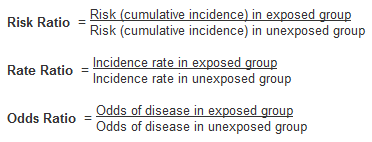


Numerators Denominators And Populations At Risk Health Knowledge



The Difference Between Relative Risk And Odds Ratios The Analysis Factor



Single Workplace Factor Odds Ratios Between High Risk Versus Low Risk Download Table



Cureus What S The Risk Differentiating Risk Ratios Odds Ratios And Hazard Ratios



The Diagnostic Odds Ratio A Single Indicator Of Test Performance Journal Of Clinical Epidemiology



Measures Of Disease Association Ppt Download



Statistics In Medicine Ppt Download



Odds Ratio Article



Definition And Calculation Of Odds Ratio Relative Risk Stomp On Step1



Odds Ratio Wikipedia



Measures Of Effect Relative Risks Odds Ratios Risk Difference And Number Needed To Treat Sciencedirect



Relative Risk Odds Ratios Youtube



What Does An Odds Ratio Or Relative Risk Mean



Believability Of Relative Risks And Odds Ratios In Abstracts Cross Sectional Study The Bmj



Relation Between The Odds Ratio Relative Risk And Baseline Risk



Risk Estimates Relative Risk Ratio And Odds Ratio Analyses For Download Table


Summarising Binary Data Health Knowledge



Definition And Calculation Of Odds Ratio Relative Risk Stomp On Step1
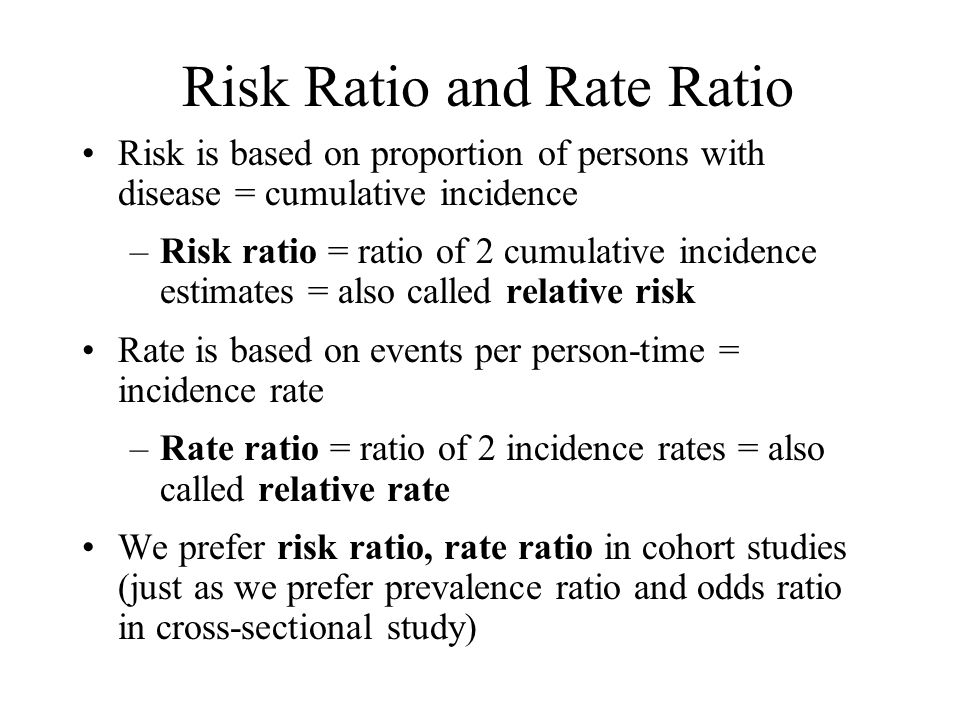


Measures Of Disease Association Ppt Download


Coefplot Plotting Regression Coefficients And Other Estimates In Stata



A Most Odd Ratio American Journal Of Preventive Medicine



Relative Risks And Odds Ratios What S The Difference Mdedge Family Medicine



Image Result For Odds Ratio And Risk Ratio And Cohort Study And Case Study



Odds Ratio Relative Risk


Ctspedia Ctspedia Oddsrisk
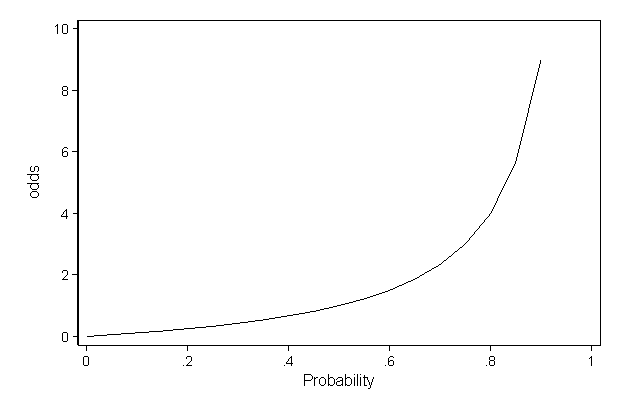


Faq How Do I Interpret Odds Ratios In Logistic Regression



Forest Plot An Overview Sciencedirect Topics



Odds Ratio Relative Risk Risk Difference Statistics Tutorial 30 Marinstatslectures Youtube



Single Workplace Factor Odds Ratios Between High Risk Versus Low Risk Download Table



Interpreting Odds Ratio Senguptas Research Academy



Relative Risk Wikipedia



Risk Ratio Versus Odds Ratio Dr Journal Club



Odds Ratios Versus Relative Risk



Nccmt Ure Relative Risk It S Easy To Calculate And Interpret Youtube



Relative Risk And Absolute Risk Definition And Examples Statistics How To


Studying Studies Part I Relative Risk Vs Absolute Risk Peter Attia


Ctspedia Ctspedia Oddsrisk



What Is The Difference Between The Risk Ratio Rr And The Odds Ratio Or Quora



Moving Beyond Odds Ratios Estimating And Presenting Absolute
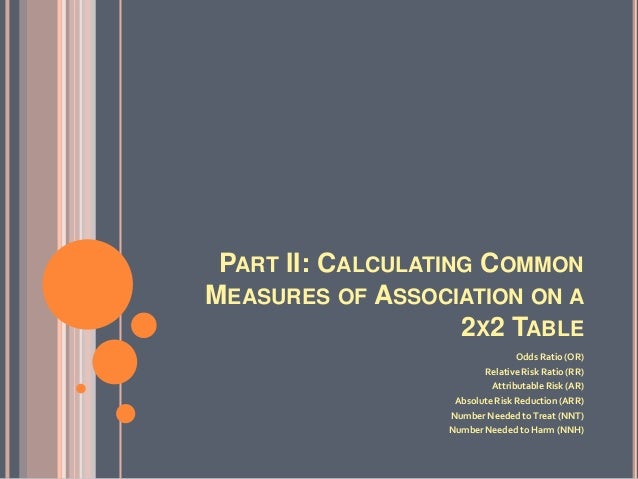


Common Measures Of Association In Medical Research Updated 13



Statquest Odds Ratios And Log Odds Ratios Clearly Explained Youtube


Definition And Calculation Of Odds Ratio Relative Risk Stomp On Step1



Odds Ratios Versus Relative Risk



What Is An Odds Ratio And How Do I Interpret It Critical Appraisal



Power Calculations For Gwass The Smallest Odds Ratio Case Control Download Scientific Diagram



Odds Ratio For The Risk Of Having A Prescription Pre Versus Download Table



Common Measures Of Association In Medical Research Handout



What Is The Difference Between The Risk Ratio Rr And The Odds Ratio Or Quora



Table 1 From When To Use The Odds Ratio Or The Relative Risk Semantic Scholar
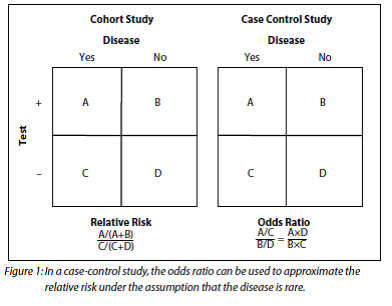


How To Be Awesome At Biostatistics And Literature Evaluation Part Ii Tl Dr Pharmacy



Table 2 From Can We Individualize The Number Needed To Treat An Empirical Study Of Summary Effect Measures In Meta Analyses Semantic Scholar



Box 9 2 A Calculation Of Rr Or And Rd



Risks Of And Risk Factors For Covid 19 Disease In People With Diabetes A Cohort Study Of The Total Population Of Scotland The Lancet Diabetes Endocrinology
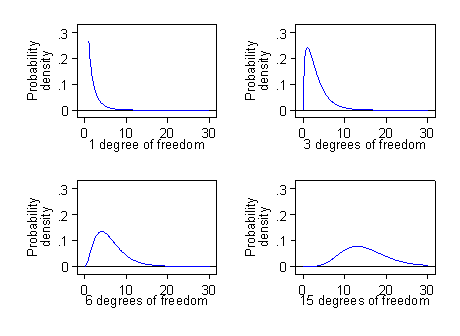


Proportions Chi Squared Tests And Odds Ratios



Pooled Odds Ratio Or Of Risk Of Mortality In Vitamin D Deficient Download Scientific Diagram



Risk Differences And Rate Differences
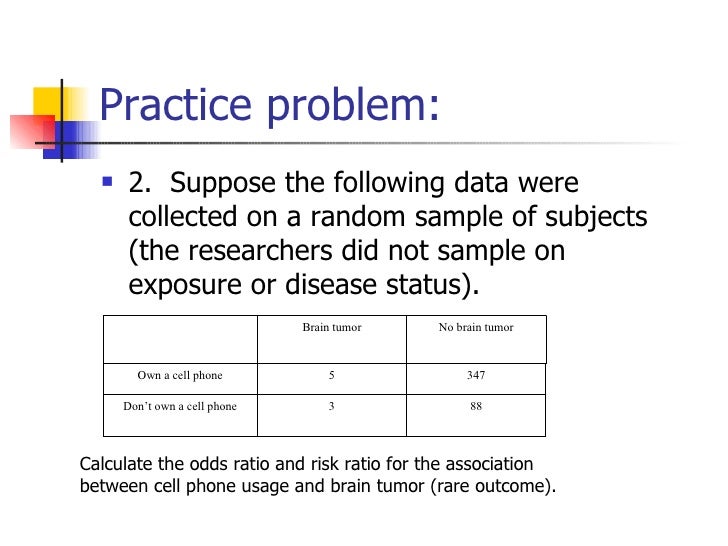


Lecture3


Absolute Risk Vs Relative Risk Vs Odds Ratio Pp Made Easy In Population Perspective Made Easy On Vimeo
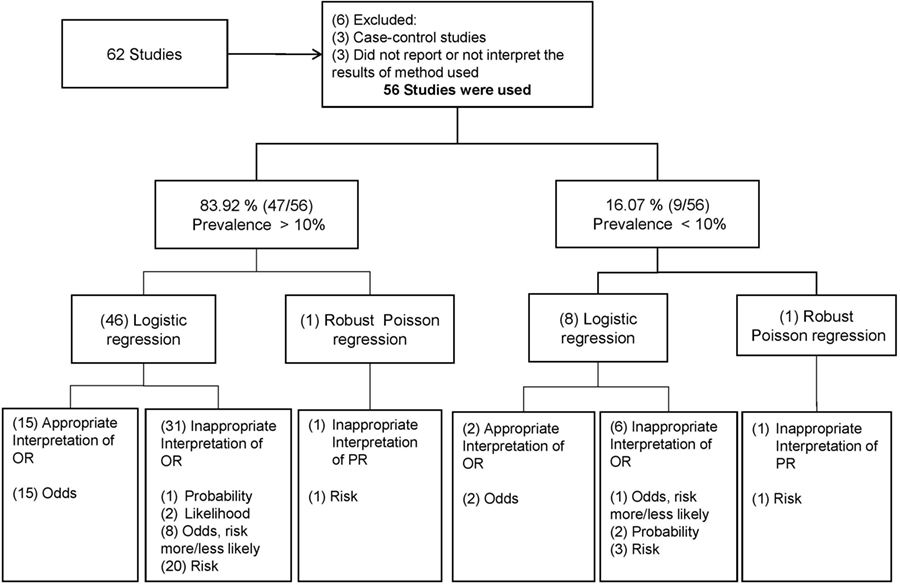


Frontiers Odds Ratio Or Prevalence Ratio An Overview Of Reported Statistical Methods And Appropriateness Of Interpretations In Cross Sectional Studies With Dichotomous Outcomes In Veterinary Medicine Veterinary Science



How To Interpret And Use A Relative Risk And An Odds Ratio Youtube



Chapter 6 Choosing Effect Measures And Computing Estimates Of Effect Cochrane Training



Figure 2 X 2 Table With Statpearls Ncbi Bookshelf
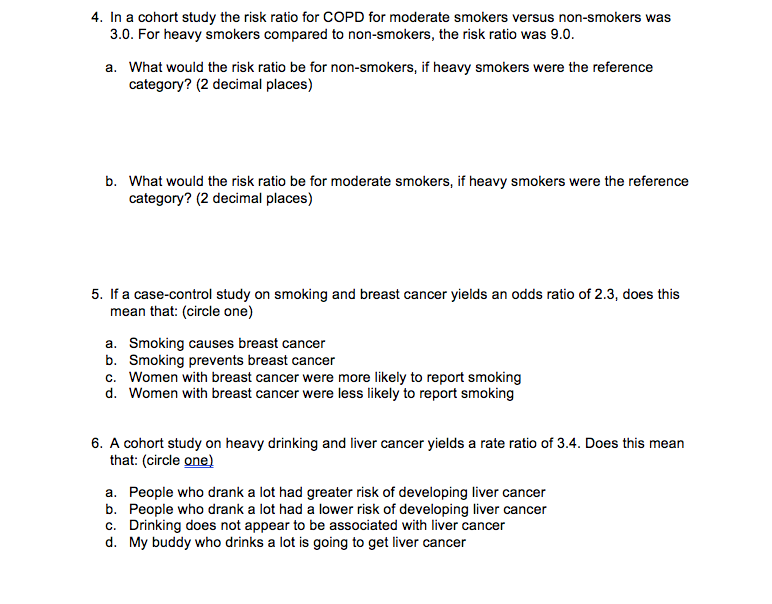


Solved 4 In A Cohort Study The Risk Ratio For Copd For M Chegg Com



Using Odds Ratio In Case Control Studies Youtube



Odds Ratio Wikipedia



Interpreting Odds Ratio Senguptas Research Academy


Stats Guidelines For Logistic Regression Models September 27 1999



Graph Tip How Can I Plot An Odds Ratio Plot Also Known As A Forest Plot Or A Meta Analysis Plot Faq 809 Graphpad


Plos One Different Depths Of Sedation Versus Risk Of Delirium In Adult Mechanically Ventilated Patients A Systematic Review And Meta Analysis



Understanding Systematic Reviews And Meta Analysis Archives Of Disease In Childhood



Interpreting Odds Ratio Senguptas Research Academy



0 件のコメント:
コメントを投稿